Considering – Charlotte Mason and Our Approach to Language Arts
We approach language arts with Charlotte Mason’s methods. In fact, Miss Mason’s methods and philosophies are the foundation of our days and always have been. We follow the principles of a Classical education making use of Charlotte Mason’s philosophy and method.
Charlotte Mason was a 19th century British educator who had a great passion for children’s education. She spent her life pursuing it, writing about it, fine tuning her approach, and training others in it. She established the House of Education to train teachers in the use of her methods. Not only can we derive inspiration and ideas from Miss Mason’s original series, there are several articles published (for free reading online) from her Parents Review series (edited by Charlotte Mason) which further illustrate some of that practical where-the-rubber-meets-the-road wisdom! I share her strong belief in the value of a liberal education; she believed that all children should experience a wide, varied, and generous curriculum based on the most up-to-date knowledge of the time. Simply put, she believed that…
“Education is an atmosphere, a discipline, and a life.”
“Education is the science of relations.”
In other words, children are not buckets to fill. They are unique persons, created in the image of God, and their education should sustain them on living ideas – rich and noble. Their atmosphere should be lovely and inspiring, assisted by the discipline of good habits. I’m summarizing quite a bit; you can read a good synopsis of the 20 principles of a Charlotte Mason education.
Education is not a disjointed group of subjects compartmentalized in sterile bins filled with deceptively colorful, flashy blurbs, but rather, the child has a natural relationship with a wide and generous number of ideas, books, things, and activities. Rather than requiring an entire curriculum for every.single.subject – Charlotte Mason’s methods are integrated, connected, and anchored to subjects like history and literature. It couldn’t be simpler in terms of planning; I simply implement the methods of language arts using the substance of living books! Language Arts is a natural part of the day, and rather than seeming disconnected and like “just another thing to check off” it is connected and relevant!
I’m not looking to debate any of the methods we choose, and I acknowledge that many home educators enjoy other methods and philosophies that make good and judicious use of texts. This series of posts is meant to share how we live our days – seeking to follow the philosophy and methods of Charlotte Mason using what are essentially classical principles, and how language arts becomes a part of the whole seamlessly, naturally!
Where does it begin?
It all begins with books of high literary quality, something Charlotte Mason calls living books. Writing and communicating is born and nurtured in the imagination. Nourish the imagination with dry, stale, lifeless, uninspiring words and you can expect something similar in return – thoughts which are shallow and without the necessary relationship which anchors the idea in the memory. Children learn quickly to read for the moral, or read for a theme, rather than enjoying the whole. They begin quickly to read for that which they know they will have to regurgitate in a reading comprehension quiz rather than forming a relationship with a story, with characters, with ideas. Feed the mind with rich, living thoughts and you can expect relationship with the idea, and ownership of knowledge!
Consider the words of St. Paul in Phillipians 4:8:
Whatever is true, whatever is honorable, whatever is just, whatever is pure, whatever is lovely, whatever is gracious, if there is any excellence, if there is anything worthy of praise, think about these things.
This is our family’s personal home education philosophy, and the measuring stick by which I seek to measure everything that comes into our home! My choices aren’t perfect, and though I do enjoy sharing what works for us, I also know that I make (have made!) mistakes in choosing materials, so please don’t take everything I offer without first discerning its use in your home!
Now….back to living books, inspiring ideas, and language arts! The backbone of our language arts approach is in providing rich, lovely, noble ideas through living books! A living book yields rich fruit in so many aspects of a child’s education – the benefits are too numerous to count! Charlotte Mason had much to say about living books, among some of my favorite thoughts are these:
“There is never a time when they (children) are unequal to worthy thoughts, well put; inspiring tales, well told.”
(Living books contain) “….the fit and beautiful expression of inspiring ideas and pictures of life.”
A living book is one in which the author writes with passion about their subject, the writing is of excellent literary quality, and the child’s imagination is captivated! Still not ready to ditch those stale texts with blurbs and dates and reading comprehension questions? Consider this: how much more interesting and compelling is it to read a historical fiction detailing the life and adventures of Ferdinand Magellan through the eyes of Pedro Molino, a young boy sailing the open seas for 3 years aboard one of Magellan’s ships (Ships Boy with Magellan by Milton Lomask), rather than a paragraph in a text detailing dry, stale facts about Magellan’s life and his voyages? In one book, you’re aboard the ship: sailing the high seas in all its excitement, witnessing an attempted mutiny, travelling through what is now known as the Straits of Magellan, and experiencing the culture and drama of the Phillipine natives! In the text, you read a skeleton of facts and dates about Magellan. Which would you rather read? Which would capture your imagination and become a treasured part of your memory? Do you remember your 5th grade textbook blurb on Ferdinand Magellan?
Let’s talk language arts specifics!
Here’s a breakdown of language arts methods used in my home for various ages (very similar to those listed at Ambleside Online) For more great information on language arts, please click over and read through one of my favorite sites for Catholic Charlotte Mason – Mater Amabilis (section on Language Arts):
Preschool and Kindergarten
- No formal language arts! During these years we are working on good habits and laying down the rails!
- Sometimes around this time, we begin a phonics based approach to reading based on the individual child’s reading readiness. Please do not read this as “Jennifer recommends starting a phonics program at 3!!” I begin phonics when a child is ready, at his/her own pace, and very gently. I am generally in favor of starting later with reading, rather than pushing too hard and starting earlier. Push too hard down this road and you will experience frustration, and your child will not love learning!
- A Strong Start in Language
by Ruth Beechick
Grades 1 – 3 (ages 6 – 9)
- Reading program – I use The Little Angel Readers and I’ve heard really great things about Explode the Code. There are probably a gazillion really good phonics programs that all work very well; don’t start doubting your choice unless you have good reason to believe that you might need something new!
- Edited to add: After posting this blog series on language arts, Simply Charlotte Mason published and made available what appears to be an excellent reading program based directly on Charlotte Mason’s approach to teaching reading. I haven’t seen it, but it does seem quite exciting and worth a good look: Delightful Reading
- A Strong Start in Language
by Ruth Beechick
- Oral Narration
- Copywork
Grades 4 – 6 (age 10 – 12)
- Oral Narration
- Written Narrations – beginning when the child is 10 – 11. I have found a tremendous assistance in making the transition into writing from the Bravewriter program, The Writer’s Jungle. It nicely complements the Charlotte Mason approach to writing.
- 1 year of Grammar using the Winston Grammar Basic level
- Dictation – with some selections chosen from poetry and literature and some help focusing on specific spelling issues using the fantastic index in Spelling Wisdom
- Typing/Keyboarding Skills
Grades 7 – 8 (age 13 – 14)
- Oral narrations
- Written narrations – continuing to use ideas found in The Writer’s Jungle.
- 1 year of Grammar review with Winston Grammar Word Works
- Dictation
- Copywork – if you have a child with fantastic penmanship at this point, you don’t need to continue with copywork, but we still enjoy copywork in the middle school grades. I used this time to focus on calligraphy with my daughter.
Grades 9 – 12 (age 15 – 18)
- Oral narration – still very important and begin to morph into discussions. We enjoy beginning a discussion with a narration from a current events article.
- Written narrations
- 1 year of Grammar with Advanced Level Winston Grammar
- Composition (formal writing) – assisting my high schooler into more formal writing are Bravewriter’s Help for Highschool program, and Memoria Press’ Classical Composition series (I use this series with Teacher’s Manual only, completing most exercises orally, and quickly transitioning the composition tool learned, applying it to written narrations).
- Commonplace Journal – this is optional, but is a great alternative to copywork which we no longer do in high school. It’s a place for lovely thoughts collected from beautiful literature to land.
- Dictation
A few tools which are good general resources for language arts supplements which I enjoy and use are:
- Stories With a View by Margot Davidson
- Primary Language Lessons by Emma Serl, reprinted by Hillside Education (I prefer the reprints from Hillside. They’re printed on lovely paper with beautiful color images!)
- Intermediate Language Lessons by Emma Serl, reprinted by Hillside Education
- Story Starters
by Karen Andreola
I haven’t used, but have heard really great things about the following program:
- Writing With Ease by Susan Wise Bauer
If you’re interested in reading more on how to practically approach Charlotte Mason’s methods and ideas, may I recommend When Children Love to Learn: A Practical Application of Charlotte Mason’s Philosophy for Today by Elaine Cooper.
If you’re interested in really digging in, there’s nothing better than Charlotte Mason’s 6 volume set entitled Home Education which you can read online for free through Ambleside Online!
Lastly, the Simply Charlotte Mason All Day Charlotte Mason Seminar on DVD is a tremendous help! Grab a cup of tea and watch it! I included it this year as part of my own little mini-home-education-retreat-at-home and found it so refreshing and re-invigorating!
I have several more resources to share, as well as details about how these individual methods work and look in our home. We don’t live these methods perfectly, nor do we try, but we do live them joyfully! It’s a living learning lifestyle! I hope you find yourself inspired and invigorated as you ponder the days ahead of you in home education – no matter the educational philosophy that gives voice to your days!
View the entire language arts series: (note that the entire series is linked through the blue navigation bar at the very top of this page)
- Narration
- Copywork
- Dictation
- Grammar
- Composition and Writing
- Considered Language Arts – A Day in the Life
- Finally: This post includes a printed compilation of all the posts in this language arts series. If you’d prefer to download and read a paper copy of these posts – click here for a pdf printable of the entire series from Considered Language Arts! (warning…this is 42 pages long. Yikes!) From time to time I update these posts with new thoughts or new resources – these updates and additions will not be reflected in the printable version above – you’ll have to read through the posts here for the updates. 🙂
- Looking for more concrete examples? The following samples of our booklists and schedules are meant to serve as examples only! They’re built to follow Charlotte Mason method and philosophy as best I could at the time I wrote each individual list/schedule. If they’re of help to see books, pacing, and how language arts lives itself out in the ordinary day, please feel free to take a peek:
- Feeling overwhelmed? If you’re just getting started with Charlotte Mason or looking for a big picture overview and a little more context? Sit down and slowly read – The Balanced Whole of a Charlotte Mason Education. Now, spend some time thinking about that and just adjust your expectations accordingly.
If this all seems like hard work, it is! This vocation is not for the faint of heart moms! But we can do this, not on our own, but diligently, and working wholeheartedly because:
I can do all things through Christ who strengthens me.
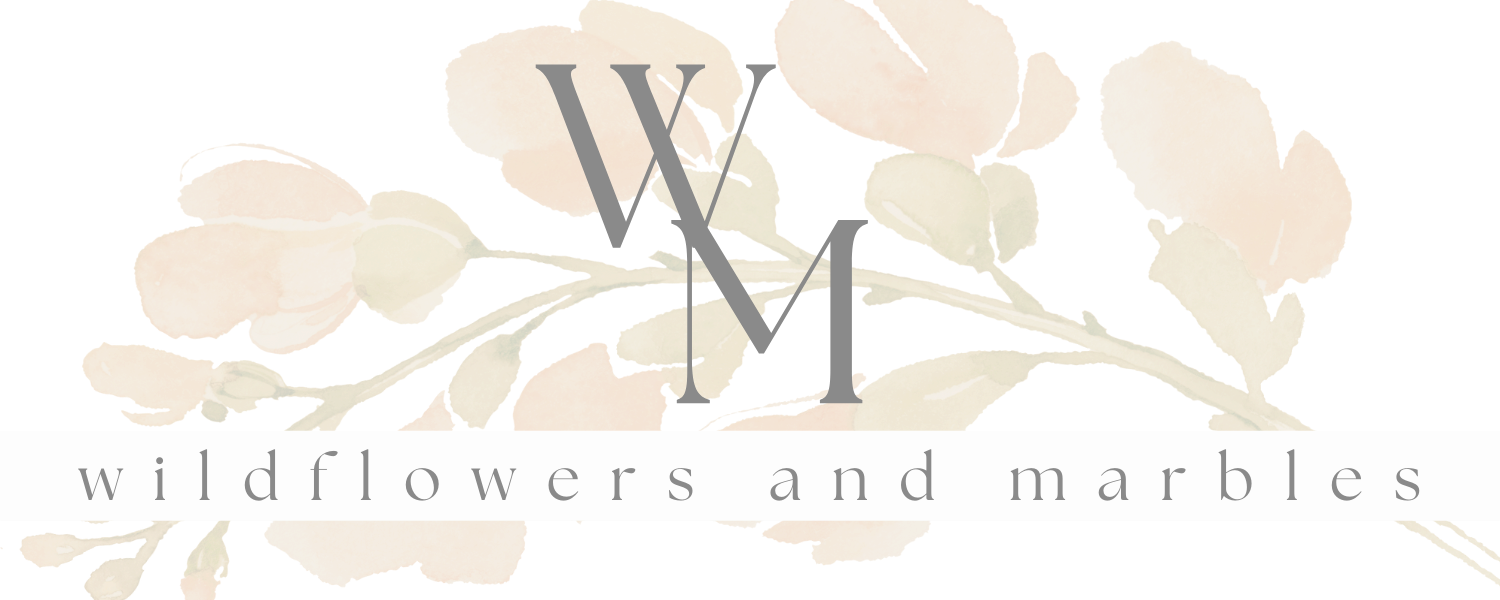

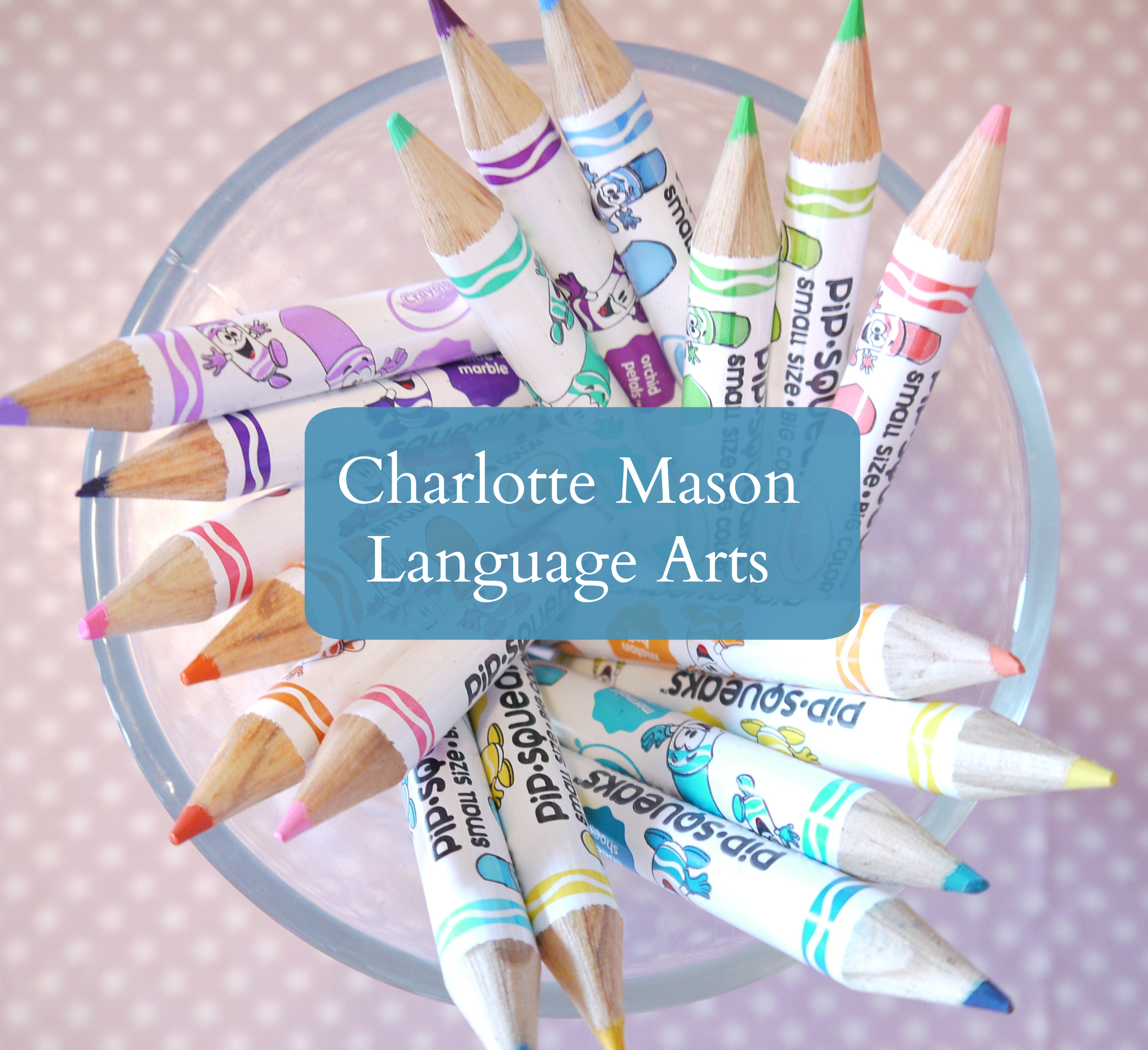



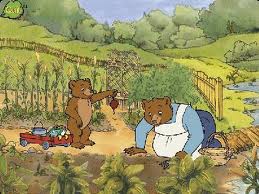
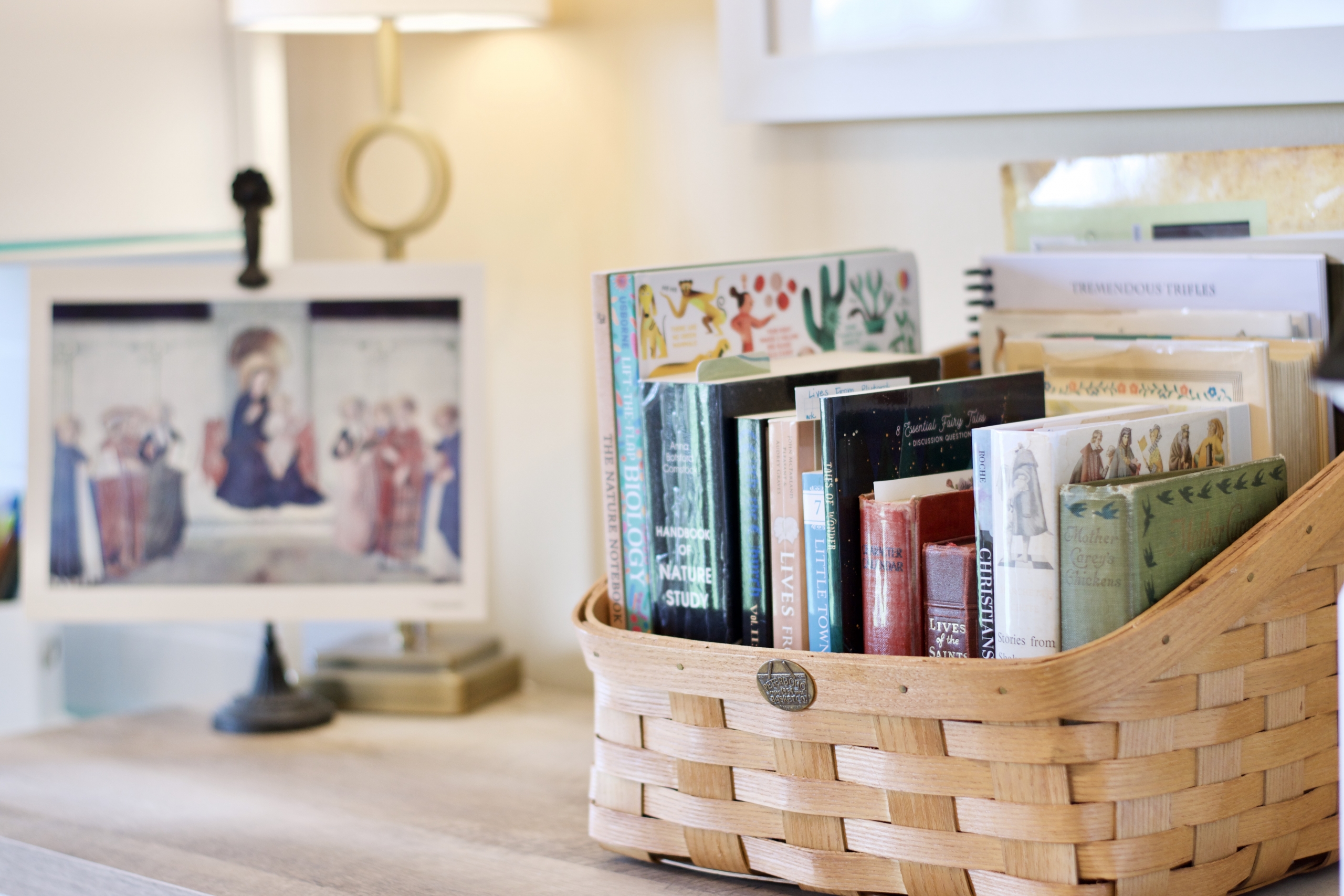
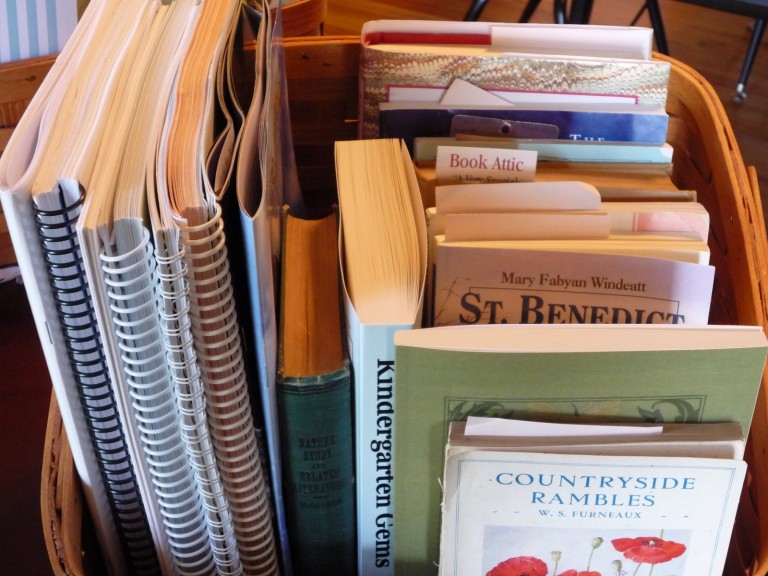
This was so helpful, Jen! Glad you were able to bring it back to life!
Explode the Code was a valuable resource when I was working with language impaired children. Keep up the great work with my nieces and nephews.
Did you really think you could get rid of my comments that easily? LOL! As always, very inspiring!
Thank you so much for posting this. I can't tell you how helpful it is.
I really enjoy your blog; thank you for sharing your insights with those of us who don't know you in real life.
God Bless.
Glad you were able to recover your post! Some time I would love to hear what you think of the Bravewriter high school program, especially now that it's in use.
Hello Jen, I've been reading alot about Charlotte Mason and dictation. I feel inspired but not sure where to jump in. We have never done it and I have children who are in grades 7, 5, 3, 1, as well as two soon to be three year olds ( and can not leave out my seven week old baby ). Where do you suggest I start with the older children?
Thank you,
Charline
I just watched the All Day Charlotte Mason Sem. with a group of mom's from my homeschool co-op, it was a great retreat and wonderful learning experience. We have now started a support group to encourage each other in CM ways! I'm going to be bringing your blog and this series of posts to out next meeting!
Answering a few questions:
***********************************
Angela,
I'm definitely going to give a bit of a review on *Help for Highschool* when I discuss writing/composition in one of the posts in this series.
***********************************
Charline asks:
>> I feel inspired but not sure where to jump in. We have never done it and I have children who are in grades 7, 5, 3, 1, as well as two soon to be three year olds ( and can not leave out my seven week old baby ). Where do you suggest I start with the older children? << Wow! What a lovely family you have, Charline! Here's how I would start – pick a fantastic read aloud that the entire family will enjoy. You could anchor your read aloud to science or history if you'd like to kill a couple of birds with one stone. Let's see about an example…Gombrich's *A Little History of the World* would be great for all in history – just figure out where you are in history and start reading there. How about science/nature study ideas? We're reading aloud from Burgess' Bird Book for Children, but I also highly recommend Arabella Buckley's series *Eyes and No Eyes* (there are several mini-books within her series and Yesterday's Classics has reprinted them all, but they're also available online for free at Baldwin Project: http://www.mainlesson.com/displayauthor.php?author=buckley
So…anyway, choose a book to read aloud and make it the basis of your science or history. Read one short section/chapter a day. Ask the kids to narrate – perhaps start with your 1st grader. Ask him what he remembered from the story. It's ok if he only remembers one little thing – this is a group narration and you're just trying to ease into the habit of close attention and narration. Next, ask the 3rd grader for a different something he remembers…and so on. Keep doing this until the kids are starting to feel more comfortable with narrating. Encourage attention to the reading!
If one of the kids mentions an interesting section, and another responds that they don't remember that…say, “Oh, that's too bad! That was a great part! Pay close attention next time!”
Once they're comfortable narrating, keep rolling with your read aloud, but begin to ask for individual narrations from them from another living book in their lineup. I think starting with a group read aloud will be a great way for everyone to work into the habit together.
Hope this helps, Charline!!!
***********************************
Heidi,
What a great retreat that sounds like with your group!
***********************************
Thank you all for the kind words! I'm so glad this was helpful!
Hello Jen, I am so gald you knew I meant narration not dictation! You did help very much. Thank you.
Charline
I have to chuckle at the word verification as my little one has been so fussy and the word “coloc” reminded me of another word.
I was so blessed by your series of posts and I love your blog!I just wanted to say that I've just written a post on finally “getting” what copywork is all about and I linked to this post and your wonderful Considered Language Arts document. Thanks again and blessings!
http://a-pilgrims-heart.blogspot.com/2011/04/using-copywork-to-teach-grammar-and.html
Jen,
What a wonderful, thorough post on how you approach Language Arts! How have you been? It was so nice meeting you at the Living Education Retreat this past summer. You have a lovely blog!
Admiration, Hope and Love,
Nancy
Thank you for the great post and the clear breakdown of the grade level steps. Great post!
I think your Winston Grammar links may be broken. I am getting a 404 not found error. 🙁
Thank you so much! They updated their website so my links weren’t working. I just updated all of the links to Winston! 🙂